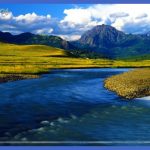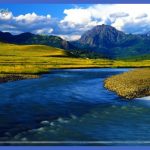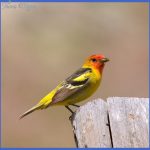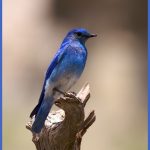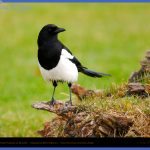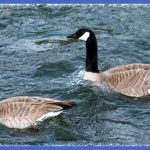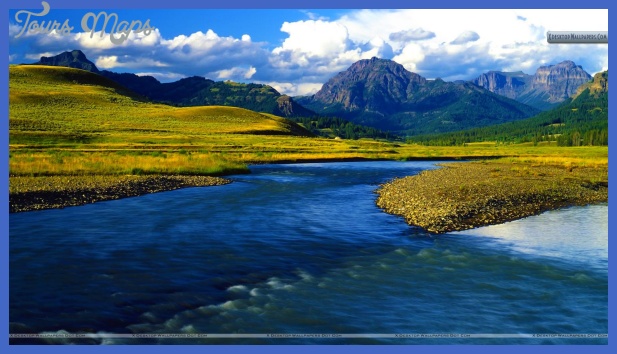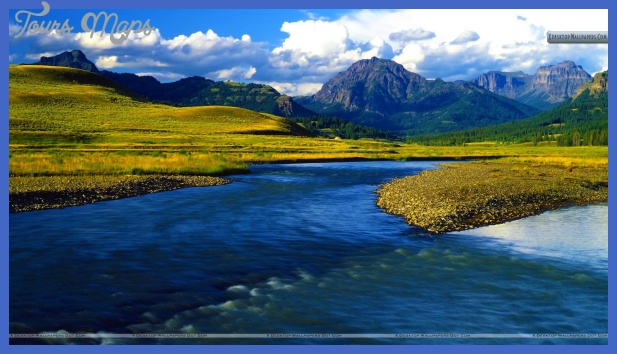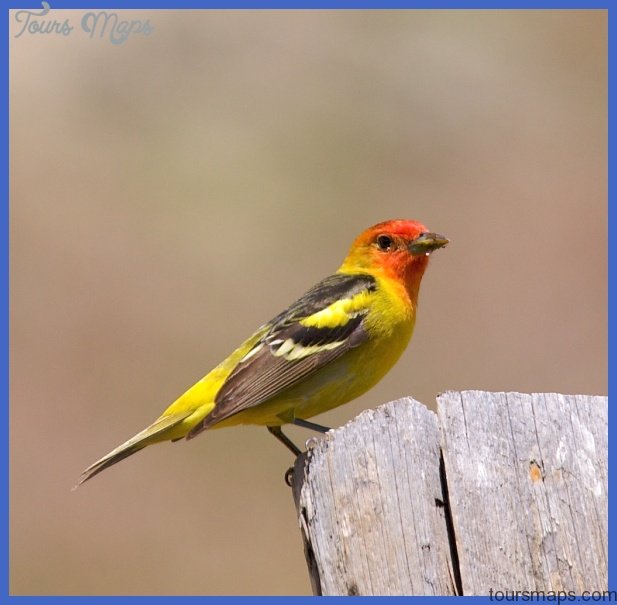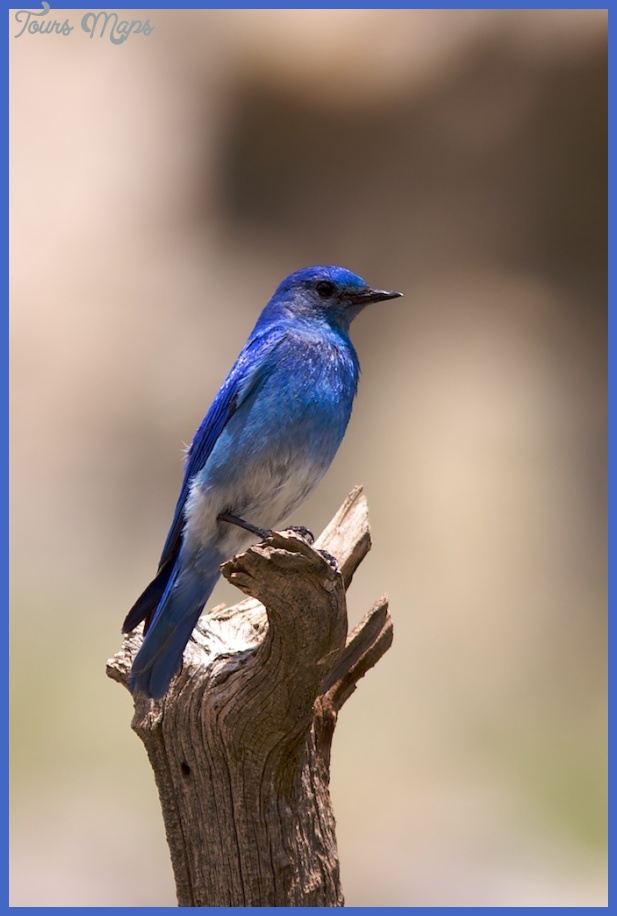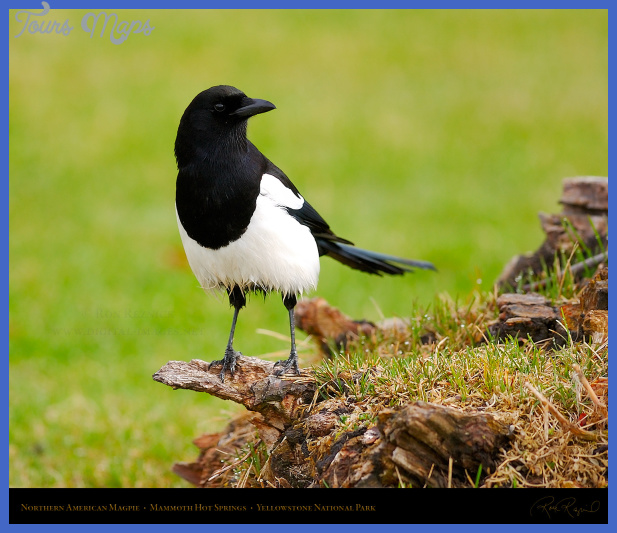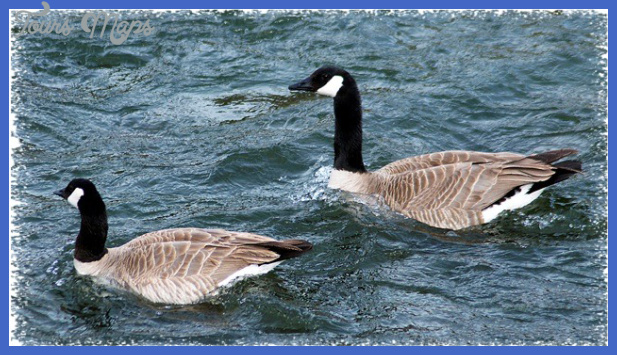Yellow-headed blackbirds (Xanthocephalus xanthocephalus) may be seen in the reeds at Floating Island Lake west of Tower Junction or along the edges of some of that area’s other ponds. The call of this blackbird is a loud tseck. At Floating Island Lake and many other shallow ponds in the area, you may see American coots (Fulica americana), which look rather like ducks but are actually a type of rail. Coots are slate gray with broad white bills, red eyes, and lobed feet and a habit of pumping their heads while swimming. When a flock of coots takes off, they seem to dance or skitter on the surface of the water. You are very likely to see the distinctive black-billed magpie (Pica pica) between the North Entrance and Tower-Roosevelt Junction. Watch for a rather large black and white bird with an extremely long tail. The American kestrel or sparrow hawk (Falco sparverius) is a medium-large bird with two black marks on its face, a buff-colored breast, gray wings, and a reddish brown back with black flecks across it. The kestrel swoops out of the sky to pick up its prey but lives mainly on insects. Sitting on a high perch, a kestrel will wag its tail up and down repeatedly.
The red-tailed hawk (Buteo jamaicensis) is about twice as large as the kestrel and may be gray or brown on the upper body and lighter below, with chestnut red in the top of the tail. They have been known to soar for as long as 7 hours a day while hunting. There’s a breeding population near Gardiner, and red-tailed hawks may be seen throughout northern Yellowstone. The golden eagle (Aquila chrysaetos) may be more than a yard (1 m) long and have a 7-foot (2 m) wingspread. You may sometimes see them not far from Bald eagles used a nest near the park’s West Entrance for several years (2003). the road in the Lamar Valley. Watch for a gracefully soaring, lustrous brown bird with golden brown head and lighter colored breast. The bald eagle (Haliaeetus leucocephalusi), listed as endangered in Yellowstone from 1978 to 2007, is now seen fairly often in the park, including sitting on a very visible nest close to the West Entrance Road. Small mammals of the river valleys The river otter (Lutra canadensis) is a highly aquatic member of the weasel family.
Three or 4 feet (1-1.2 m) long including its tail, it has lustrous, dark brown fur and a broad, rather flat head. It feeds mostly on fish, amphibians, and insects. Otters dig dens in the riverbanks or use beaver and muskrat lodges. River otters can sometimes be seen playfully sliding down a steep bank into a stream in and around the Madison, Yellowstone, and Lamar rivers, but they are crepuscular (that is, active at dawn or dusk) or nocturnal. A more common aquatic mammal in Yellowstone is the muskrat (Ondatra zibethicus), a rodent that grows up to 2 feet (60 cm) long and has thick, lustrous fur that is usually dark brown. Outside of national parks, its fur is responsible for a multi-million-dollar industry. You might see them eating aquatic plants in the still ponds of the Lamar Valley or around Obsidian Creek. Their cone-shaped lodges look like beaver lodges but are less substantial. The wide lawns at Mammoth Hot Springs or the meadows near Roosevelt Lodge are full of the holes and burrows of Uinta ground squirrels (Spermophilus armatus). Ground squirrels are half the size of marmots (only about 1 ft/30 cm long) and disappear underground for much of the year. In July or August, adults go into a sort of summer torpor called estivation, which may lead directly to hibernation, leaving them only about 90 days of activity.
Yellowstone Valley Birds Photo Gallery
Maybe You Like Them Too
- The Best Cities To Visit in The World
- World’s 10 Best Places To Visit
- Coolest Countries in the World to Visit
- Travel to Santorini, Greece
- Map of Barbados – Holiday in Barbados

